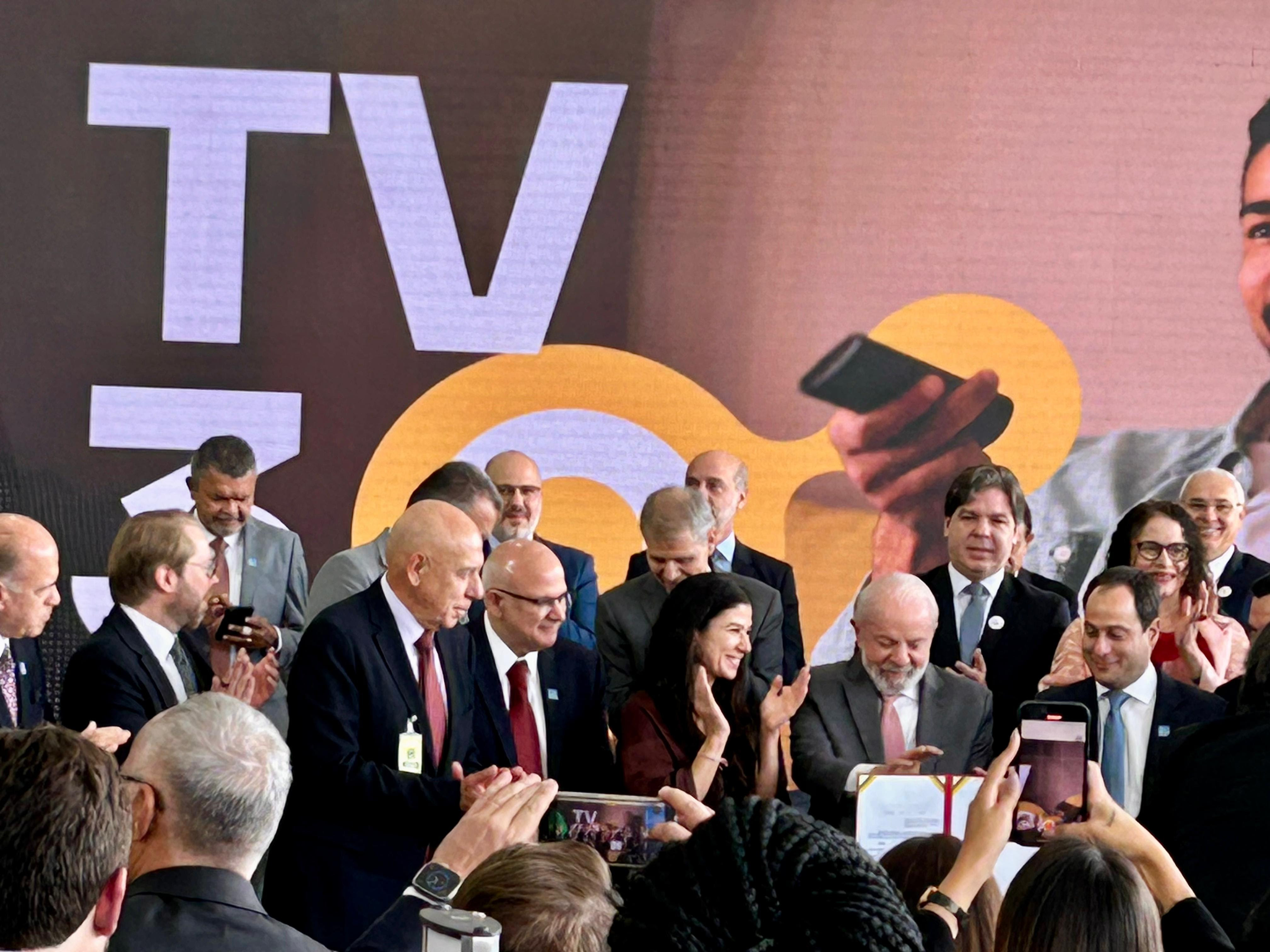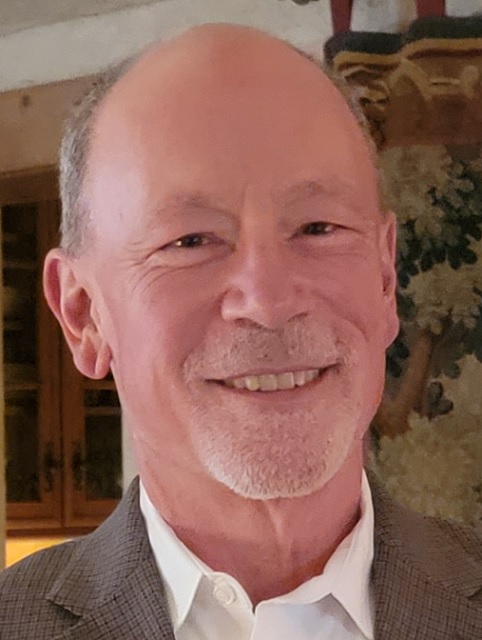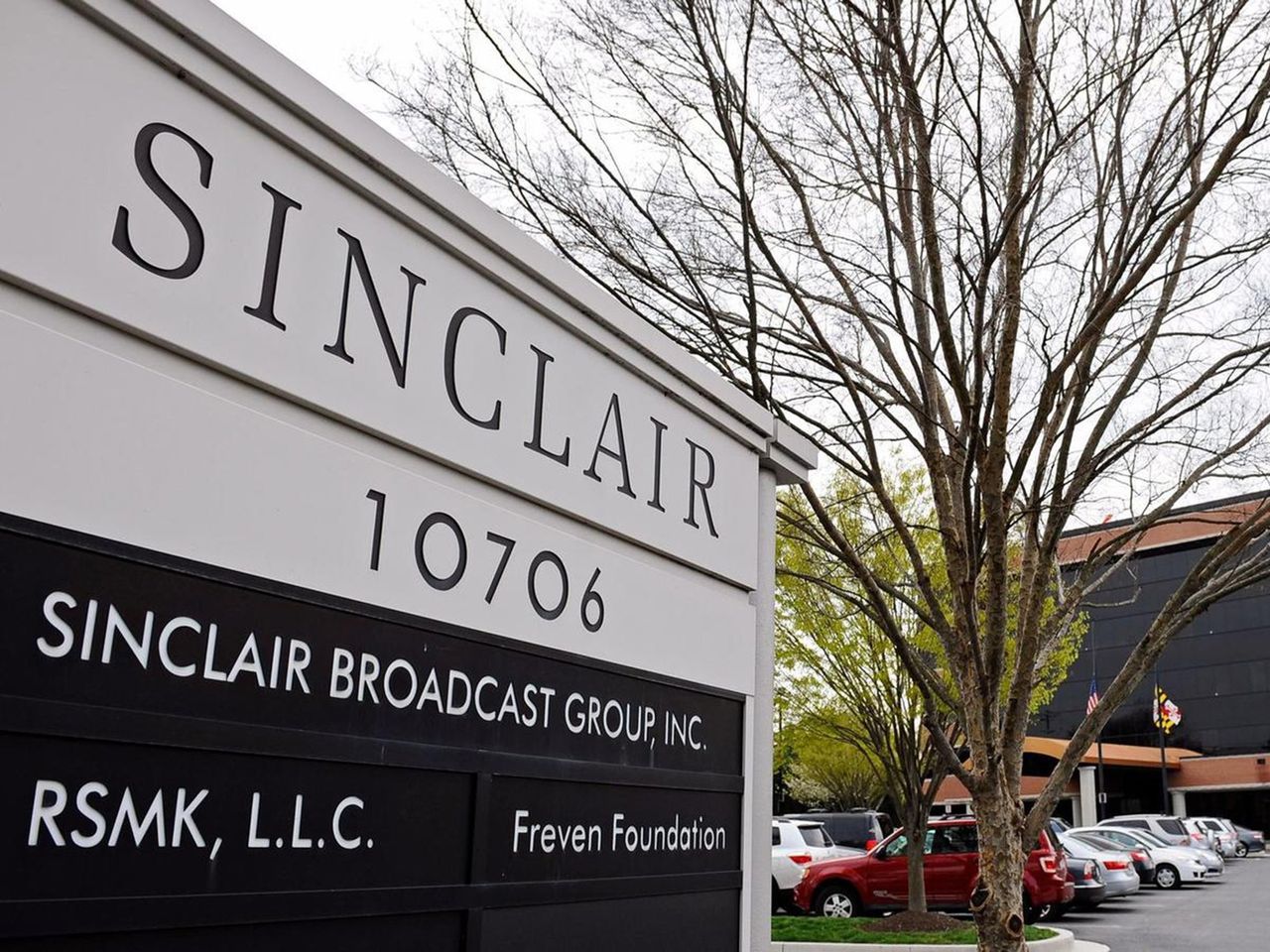Brazil Makes It Official: New DTV+ Standard Leverages ATSC 3.0 Tech
The nation’s DTV+ next-gen standard incorporates many aspects of ATSC 3.0.

BRASILIA—Brazilian President Luiz Inácio Lula da Silva has signed an official presidential decree establishing DTV+ (TV 3.0) incorporating many parts of the ATSC 3.0 standard, including the physical and transport layers, as its television format of the future during a ceremony at the Planalto Palace.
On air in Brazil with experimental broadcasts in Rio de Janeiro and São Paulo, the nation plans to put another DTV+ station on air in Brasilia later this year. Commercial services are expected in time for the 2026 FIFA World Cup.
Other aspects of ATSC 3.0 incorporated into DTV+ include video, audio, captioning and emergency warning systems.
Brazil’s adoption of ATSC 3.0 technologies is particularly significant because terrestrial TV broadcasting remains the most popular platform for consumer viewing in Brazil, where it is used by about 80 percent of the population, said Madeleine Noland, president of ATSC.
“Brazil’s decision is further testimony that the international ATSC 3.0 standards is state-of-the-art and underscores its flexibility to meet the needs of a large and diverse country with such high reliance on terrestrial television viewing,” she said.
Newly named ATSC vice president of standards development Luiz Fausto, who was deeply involved in Brazil’s testing for the new standard, said the goal of the testing was to identify the best technology available for use as part of DTV+.
“Broadcasters throughout Brazil take seriously the decisions about how best to reach nearly 200 million viewers, and the decree is the culmination of a long process that evaluated various next-generation broadcast technologies to select the ‘best of the best’ that will serve broadcasters and viewers for decades to come,” he said.
The professional video industry's #1 source for news, trends and product and tech information. Sign up below.
Brazil’s DTV+ was previously referred to as TV 3.0.
Video is available of the decree signing online.
Phil Kurz is a contributing editor to TV Tech. He has written about TV and video technology for more than 30 years and served as editor of three leading industry magazines. He earned a Bachelor of Journalism and a Master’s Degree in Journalism from the University of Missouri-Columbia School of Journalism.

